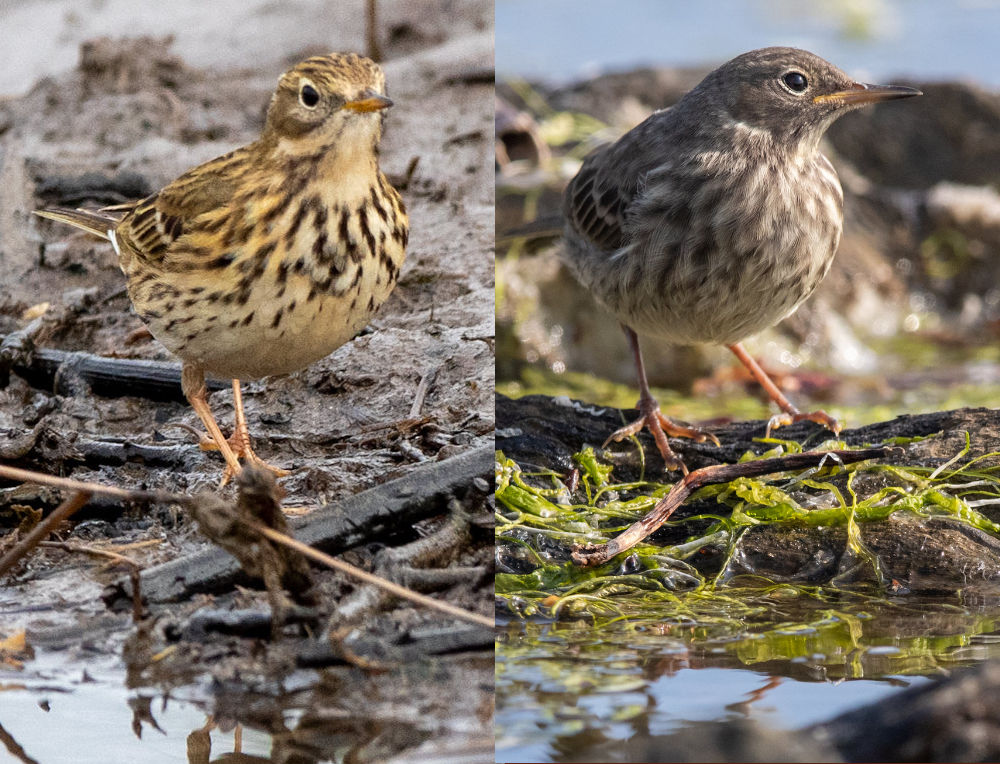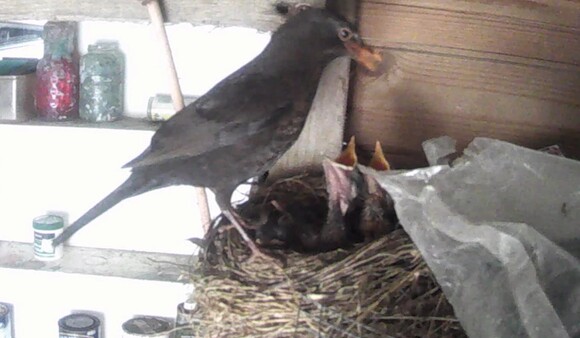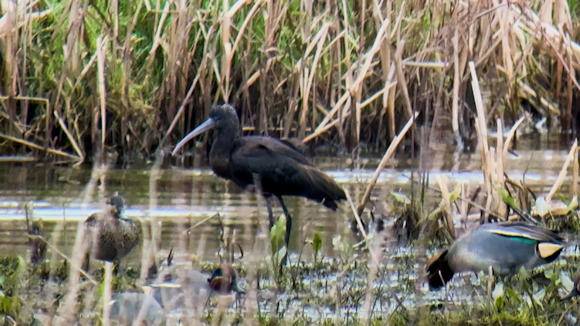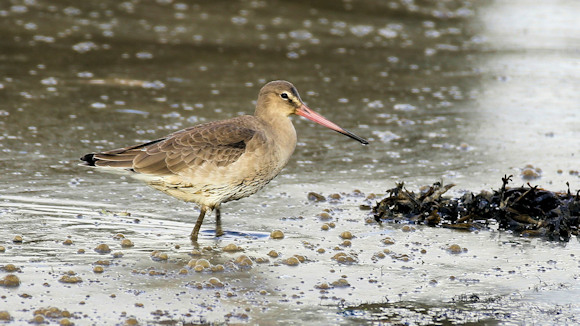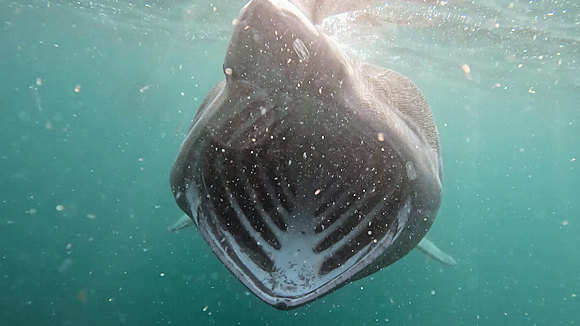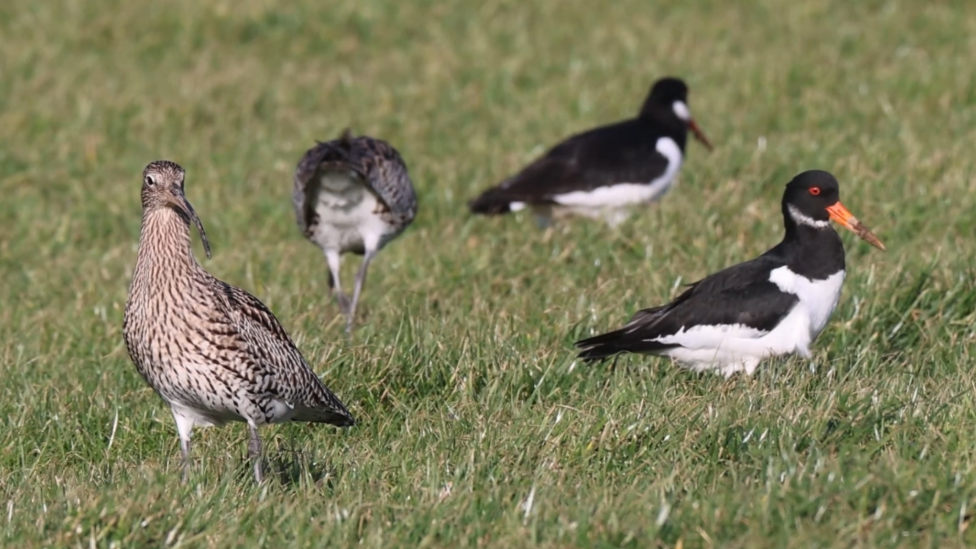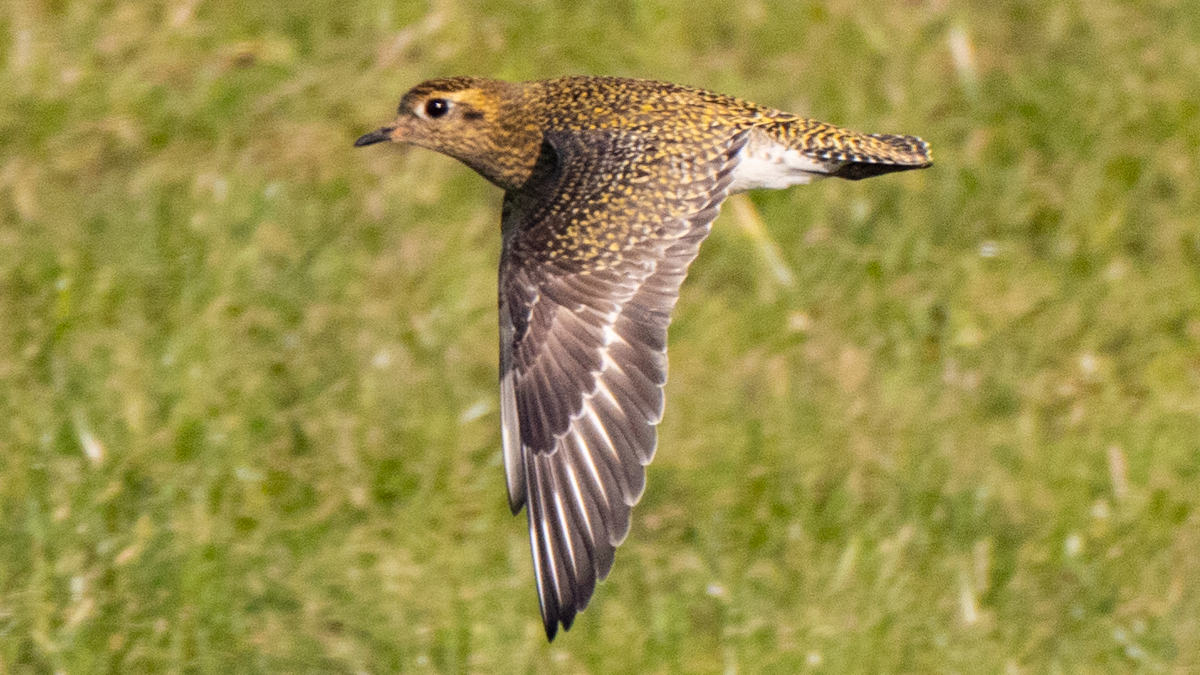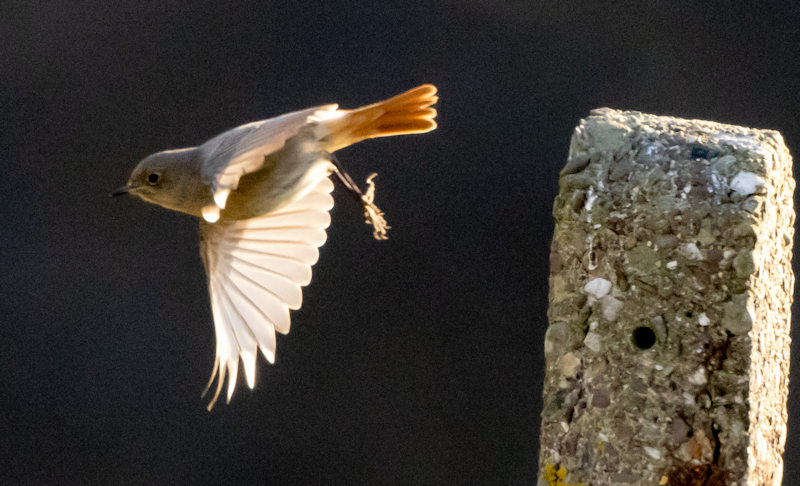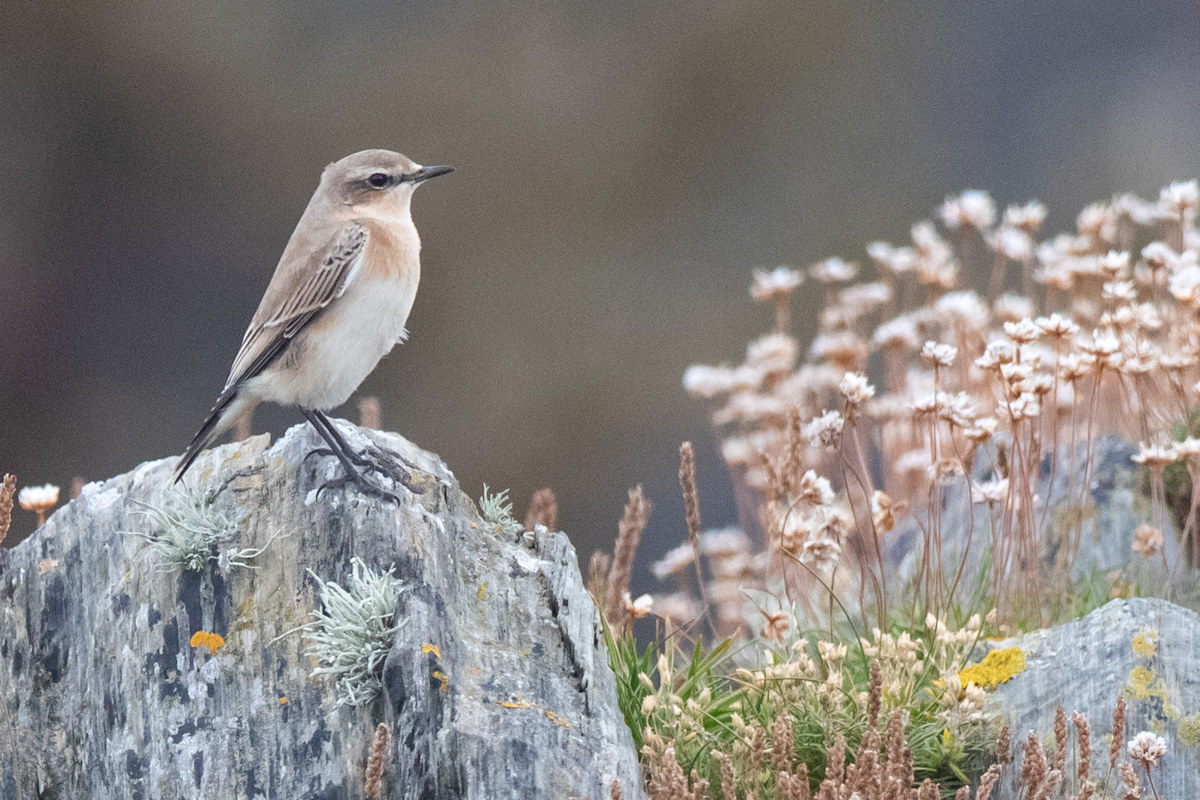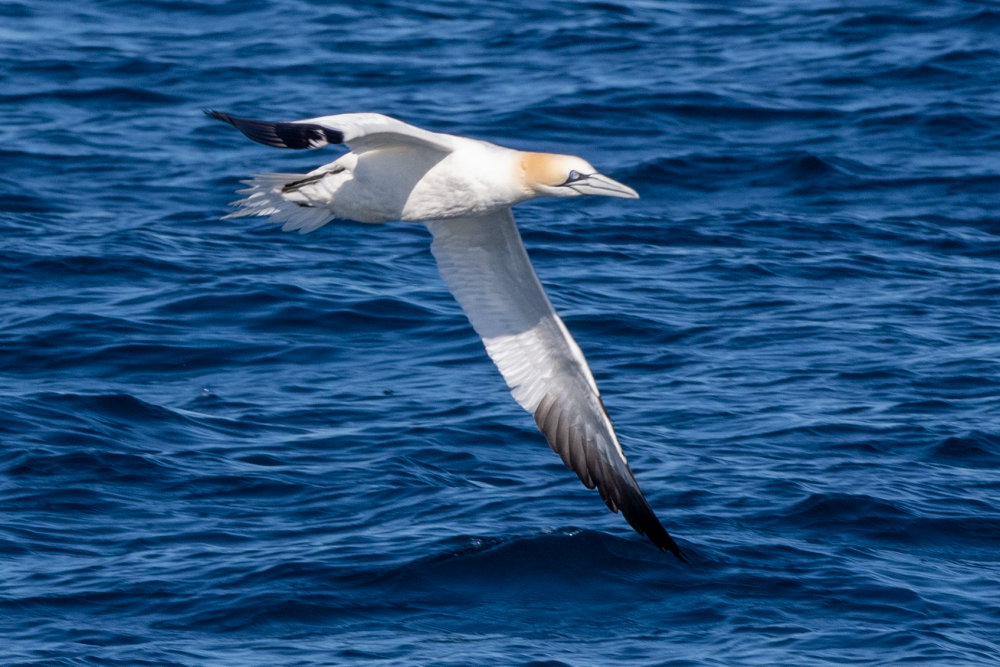Meadow Pipit vs Rock Pipit
When you first spot a Pipit you might be forgiven for thinking you have spotted a small thrush of some kind
Can you tell your Rock Pipit from a Meadow Pipit?
At the time of writing this article (mid March) the Pipits have started their mating flight. You can usually hear their song first - a repetetive "twit" which gradually speeds up (accellerando if you're a musician) should help you spot them as they energetically fly on an upward trajectory into the sky. Then at a certain calculated point they stop flapping and lock their wings and tail feathers gliding down to the ground like a paper plane. When they do this their song suddenly changes into a downward scale with longer "tweet"s like an electronic toy that has suddenly run out of battery. Now both the Rock Pipit and Meadow Pipit show off in this way. If the feet are visible you can also spot their super long hind claw.
 Pipit hind claw
Pipit hind claw
The most common Pipits are the Meadow Pipit and Rock Pipit
The Rock Pipit is larger and stockier built. The general impression is a scruffier grey/brown diffused colouring, Depending on the time of the year the beak and legs can be dark coloured (but not always!)
The Meadow Pipit gives an impression of a slender more 'graceful' look. It is a more yellow/brown colouring and the markings are much cleaner defined - a bit like a Song Thrush. The legs and beak are never dark with a yellow/orange tinge.
The other thing that will help you is location. Rock Pipits are never more than a few hundred metres from the edge of the sea often picking their way through the seaweed. If you see a Pipit more than half a mile from the sea you can almost certainly say it is not a Rock Pipit.

